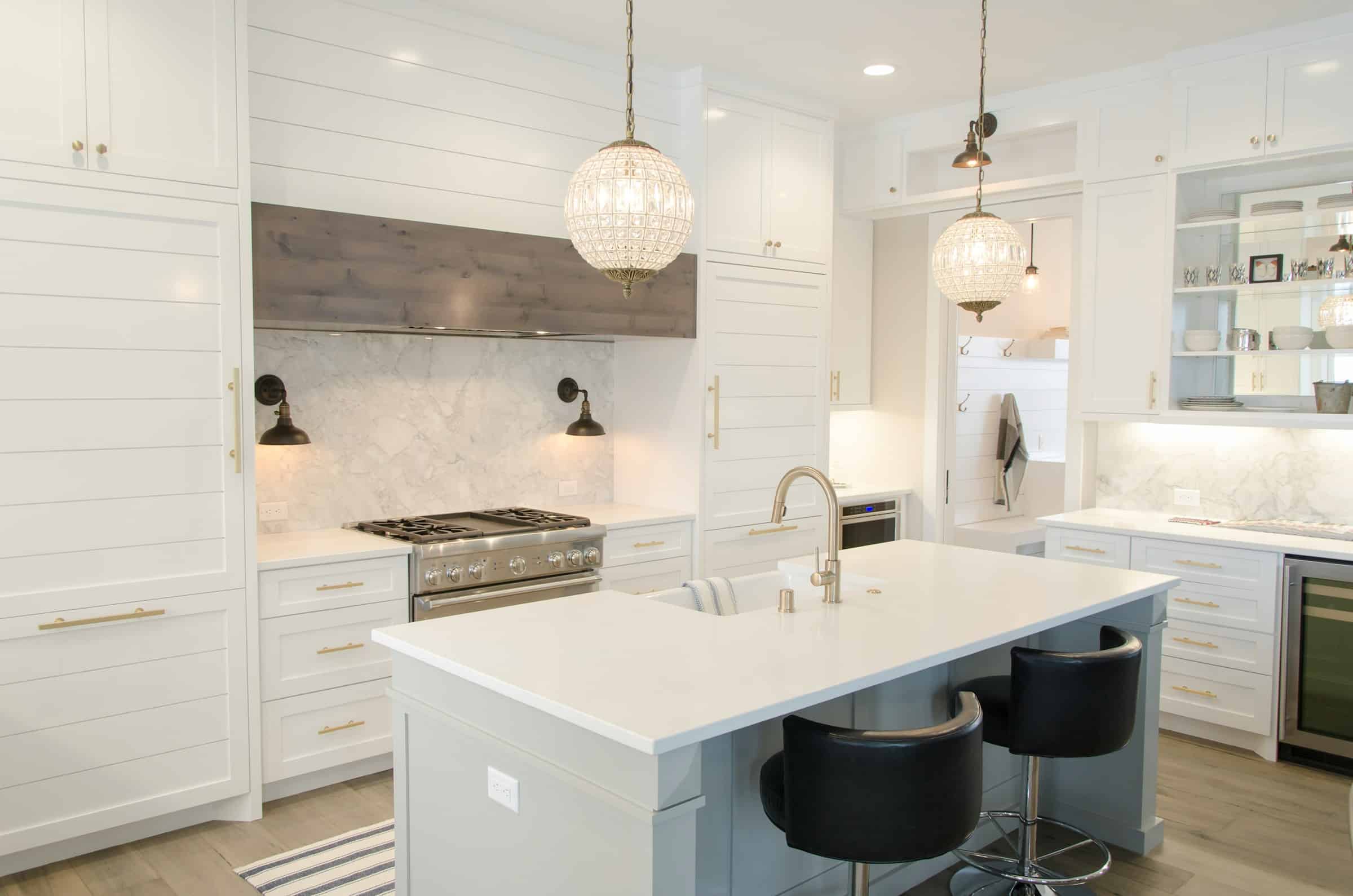How Can You Create a Dual-Purpose Room for Guest Stays and Everyday Living?

Creating a dual-purpose room that caters to both guests stays and everyday living can be a challenging task. But with a touch of creativity and careful planning, it is entirely possible. In this information-dense article, we will walk you through different ways to achieve a functional, comfortable, and stylish dual-purpose room.
Utilizing Space-Saving Furniture
One of the most effective ways to create a dual-purpose room is by incorporating space-saving furniture. These pieces are designed to perform more than one function, maximizing the utility of available space.
Additional reading : How to optimize the use of raised beds?
Furniture like murphy beds, foldable tables, and convertible sofas can be used daily and easily adjusted to accommodate guests when needed. Murphy beds or wall beds can be folded up into a wall or cabinet when not in use, making it an ideal choice for your dual-purpose room.
Another great option is a convertible sofa or a futon, which can serve as a seating area during the day and transform into a bed at night. These pieces not only save space but also add a modern aesthetic to the room.
Have you seen this : How to Design a Barrier-Free Shower for Elderly Household Members?
Similarly, foldable tables can function as a workspace or dining table, and when not in use, they can be folded back, freeing up floor space.
Incorporating Versatile Storage Solutions
Storage is an essential element when creating a dual-purpose room. It ensures that your room remains uncluttered and organized, making it a pleasant space for both everyday use and guest stays.
Incorporate versatile storage solutions like built-in cabinets, under-bed storage, and multi-purpose shelves. Built-in cabinets make efficient use of wall space and can store everything from your work files to your guest’s clothing.
Under-bed storage is another excellent option, especially if you’re using a traditional bed or a sofa bed. You can store bedding, towels, or even your work materials in these spaces.
Lastly, consider multi-purpose shelves. These can hold your books, showpieces, or other items during regular days, and can also serve as a storage space for your guest’s belongings.
Creating Zones in the Room
For a dual-purpose room to function effectively, it must have clearly defined zones. This means designating specific areas of the room for different purposes.
Start by identifying the primary functions of the room. For instance, if the room will serve as a home office and a guest room, you would need to create a workspace and a sleeping area.
The work zone can feature a desk, an office chair, and storage for work materials. To command attention and encourage focus, position the desk facing a window or against a wall with artwork or a bulletin board.
For the sleeping zone, aside from the bed, consider adding a bedside table and a lamp for the convenience of your guests. If possible, position this area away from the work zone to provide some degree of privacy and separation.
Maintaining a Cohesive Decor Scheme
To make your dual-purpose room pleasing to the eye, it’s essential to maintain a cohesive decor scheme. This involves carefully selecting colors, furniture, and decor pieces that tie the room together.
Start by choosing a neutral color palette. Soft shades like white, beige, or gray are versatile and can create a soothing ambiance. These colors also provide the perfect backdrop for various types of furniture and decor styles.
For furniture, stick with pieces that match or complement each other. For instance, if you have a modern-style sofa bed, opt for a desk and shelves in the same style.
Lastly, remember that your decor pieces can also serve a functional purpose. A rug can define zones, while curtains can provide privacy. Artwork and plants can bring life to the room without taking up too much space.
Prioritizing Comfort and Convenience
Creating a dual-purpose room is not just about efficiently using space. It’s also about ensuring that the room is comfortable and convenient for both you and your guests.
Invest in a comfortable bed or sofa bed. Your guests will appreciate a good night’s sleep, and if you’re using the room daily, comfort should not be compromised.
Incorporate ample lighting. If the room serves as a workspace, ensure there’s enough light to prevent eye strain. For the sleeping area, soft, warm lighting can create a cozy ambiance.
Lastly, ensure there’s enough power outlets and USB ports for charging devices. This will be particularly appreciated by guests who may need to charge their phones or laptops.
Creating a dual-purpose room that caters to guest stays and everyday living is no small task. But with a thoughtful approach and careful planning, you can create a room that is not only functional but also comfortable and aesthetically pleasing.
Considering Accessibility and Safety
When designing a dual-purpose room, it’s crucial to consider accessibility and safety. This involves making sure that the room is easy to move around and safe for both everyday use and guest stays.
First, ensure there’s enough space to move freely in the room. If it’s too cramped, it might not be comfortable for you or your guests. Avoid overcrowding the room with furniture. Instead, opt for versatile pieces that save space and are easy to move around.
Next, consider the arrangement of your furniture. Make sure that they are not blocking any exits or entrances. This is not only key for easy access but also essential for safety in case of an emergency.
Consider the placement of rugs in the room. While they can help define zones and add a touch of coziness, they can also pose a tripping hazard. Make sure they are securely in place and not in high-traffic areas.
Finally, take into consideration any special needs your guest might have. If you’re expecting elderly guests or those with mobility issues, ensure your room is equipped to accommodate them. For example, having a bed that’s not too high or low, or providing a desk chair that’s comfortable and supports good posture.
Accommodating for Privacy
Privacy is another important aspect to consider when creating a dual-purpose room, especially if the room will serve as a guest room. There are several ways you can ensure privacy without compromising the overall functionality and aesthetic of the room.
One way is by using room dividers. Room dividers are a great way to create a sense of separation and privacy in the room. These can be moveable screens, curtains, or even bookshelves. Choose a style that complements your decor scheme and can be easily adjusted when needed.
Another option is to use window treatments. If the room has windows, ensure they are covered with curtains or blinds. This will not only provide privacy but also control the amount of light entering the room.
You can also give your guests a sense of privacy by providing them with their own storage space. This could be a dedicated drawer in a built-in cabinet or a separate shelf on a bookcase.
Conclusion
Creating a dual-purpose room that serves both everyday living and guest stays can be a challenging yet rewarding project. It requires careful planning, creative thinking, and thoughtful consideration of elements like space-saving furniture, versatile storage solutions, zoning, a cohesive decor scheme, comfort, convenience, accessibility, safety, and privacy.
By incorporating these elements, you can create a room that is not only functional, efficient, and stylish but also comfortable and welcoming for both you and your guests. Regardless of the size or layout of your space, with a bit of ingenuity, you can make the most out of your dual-purpose room.
